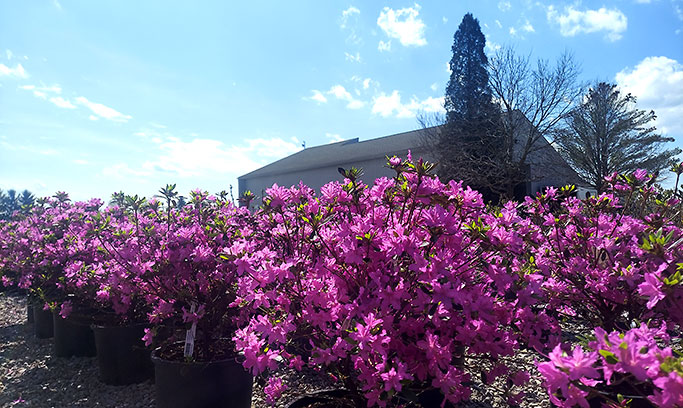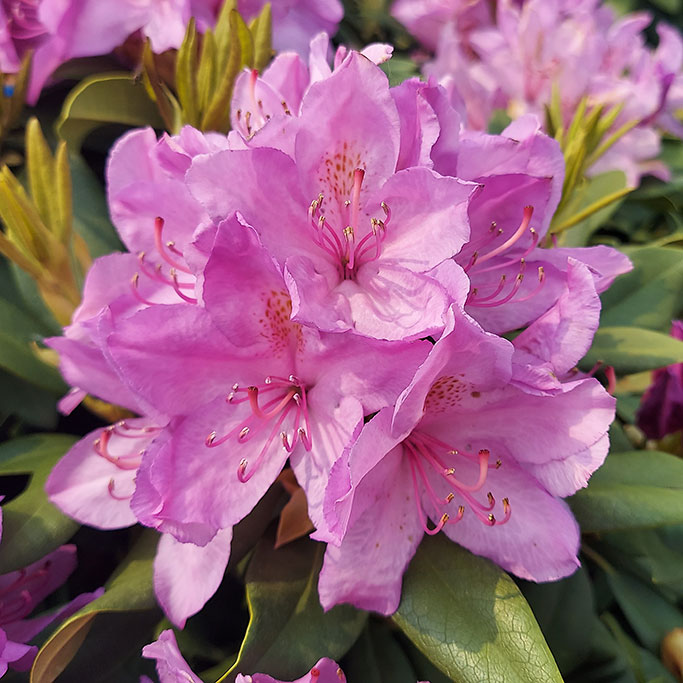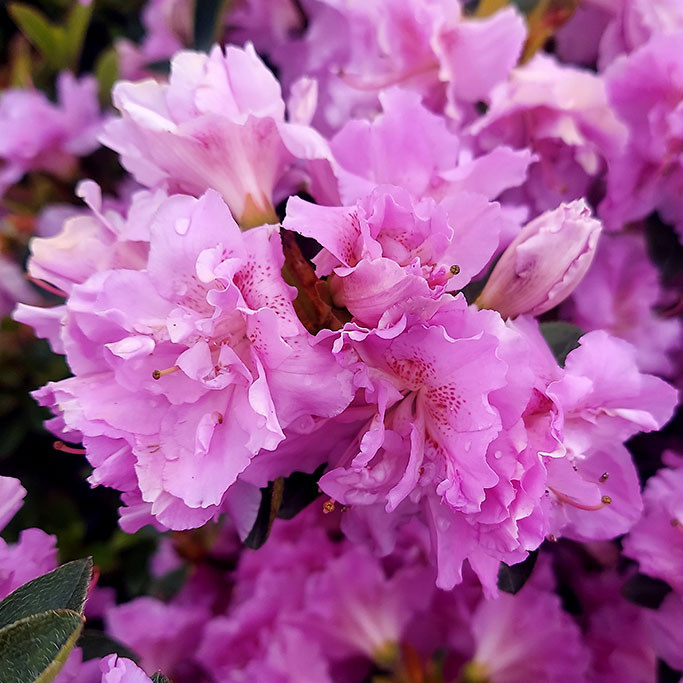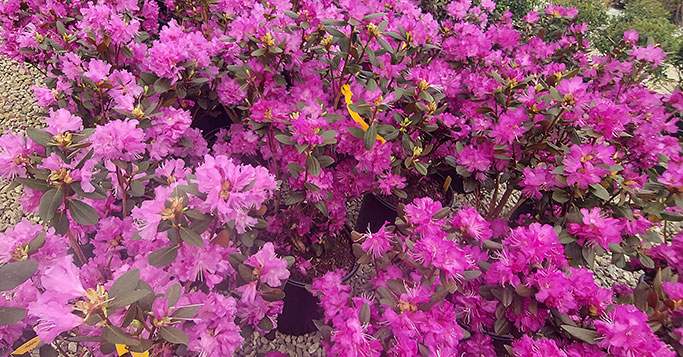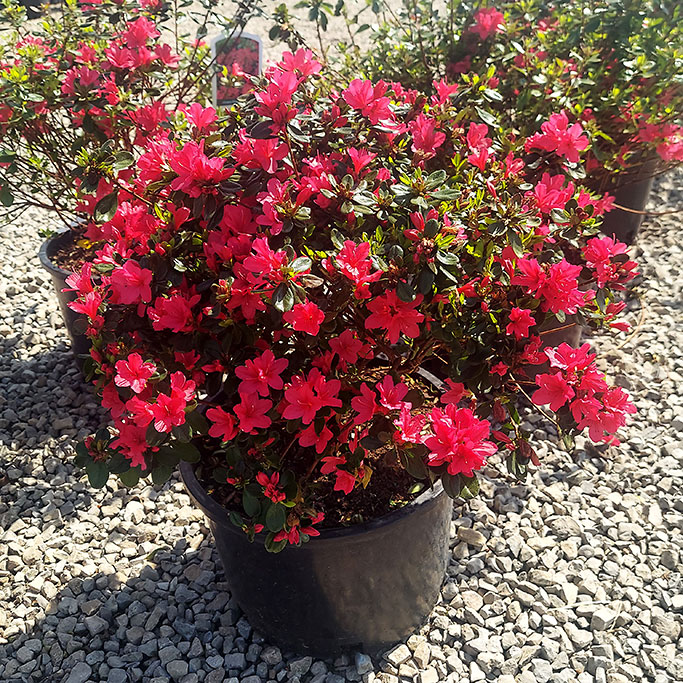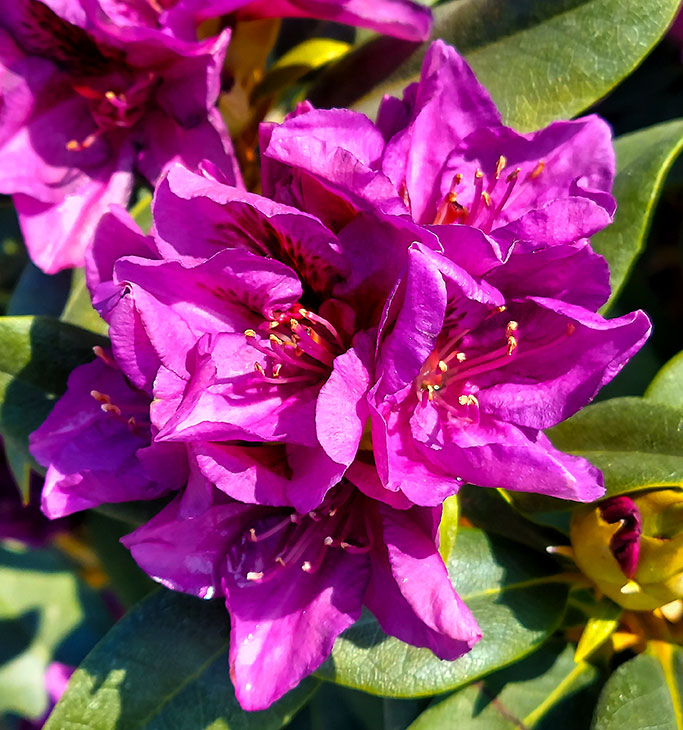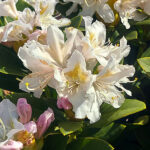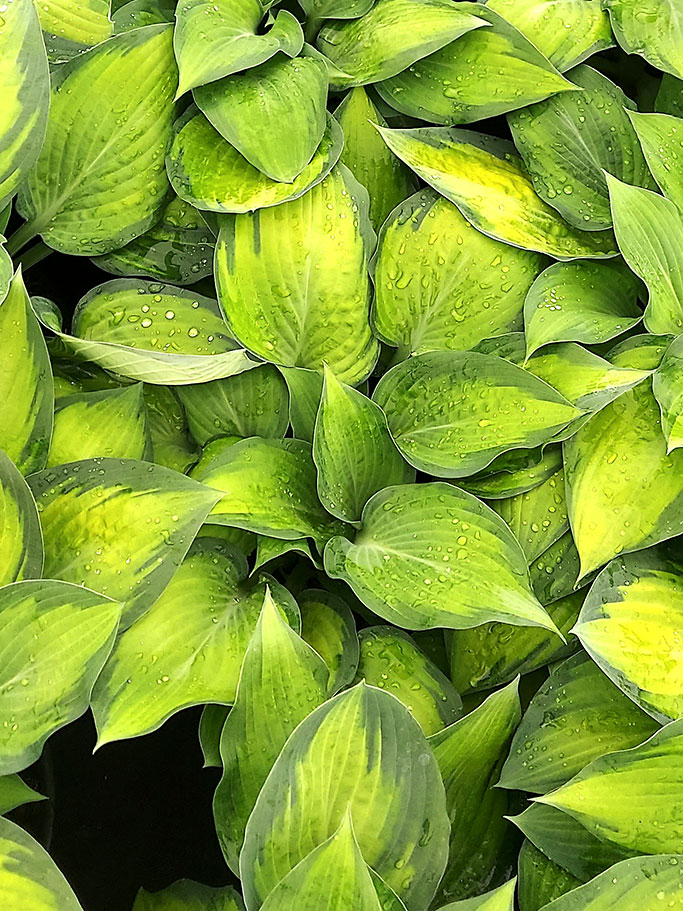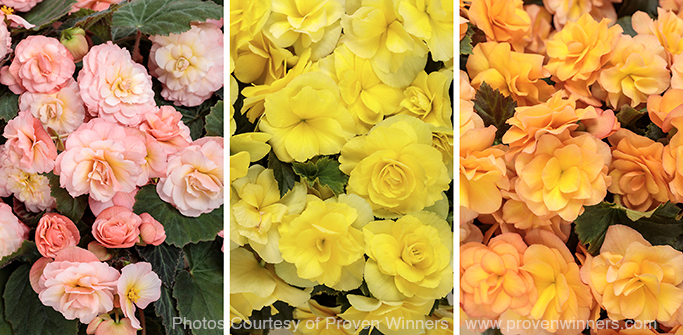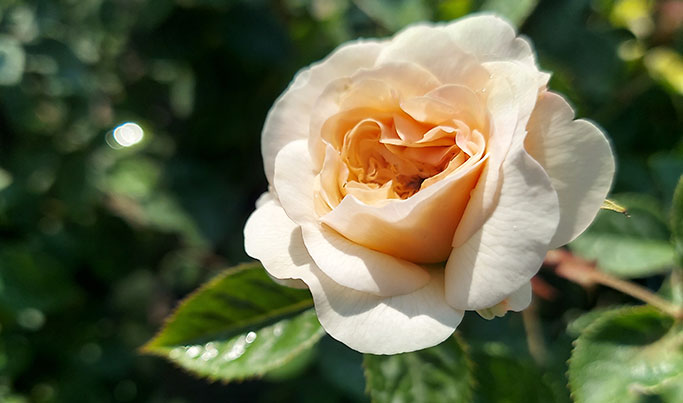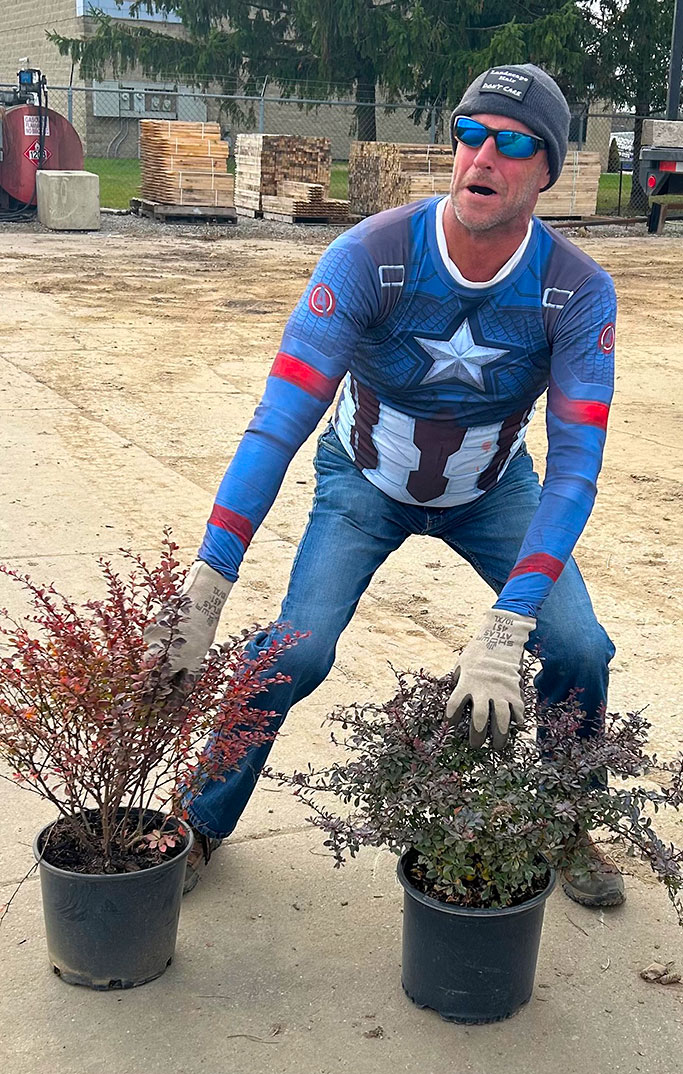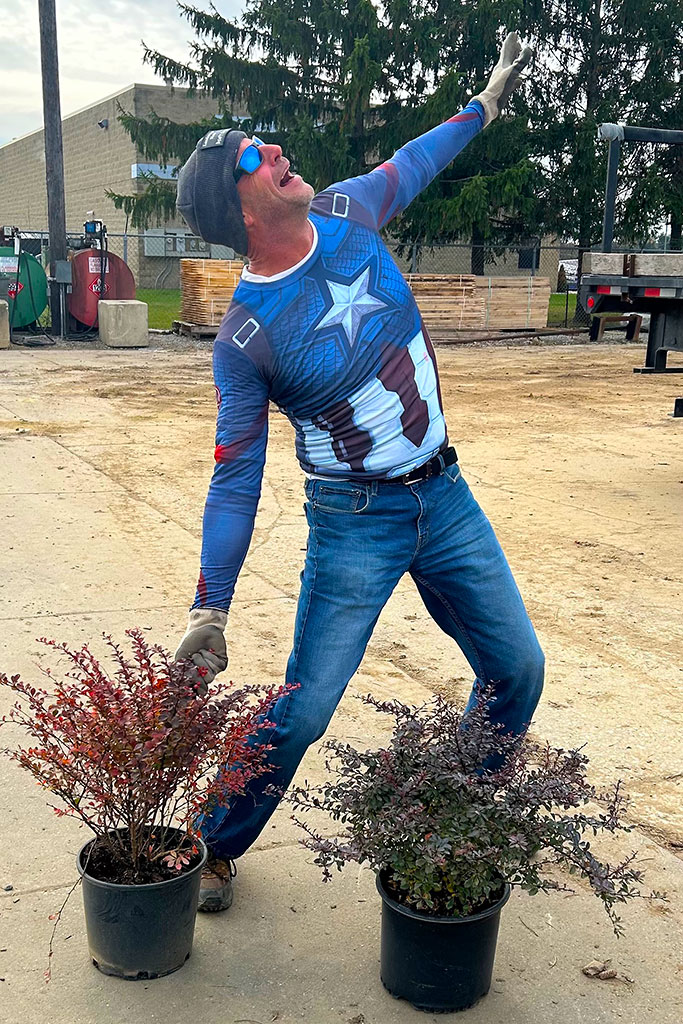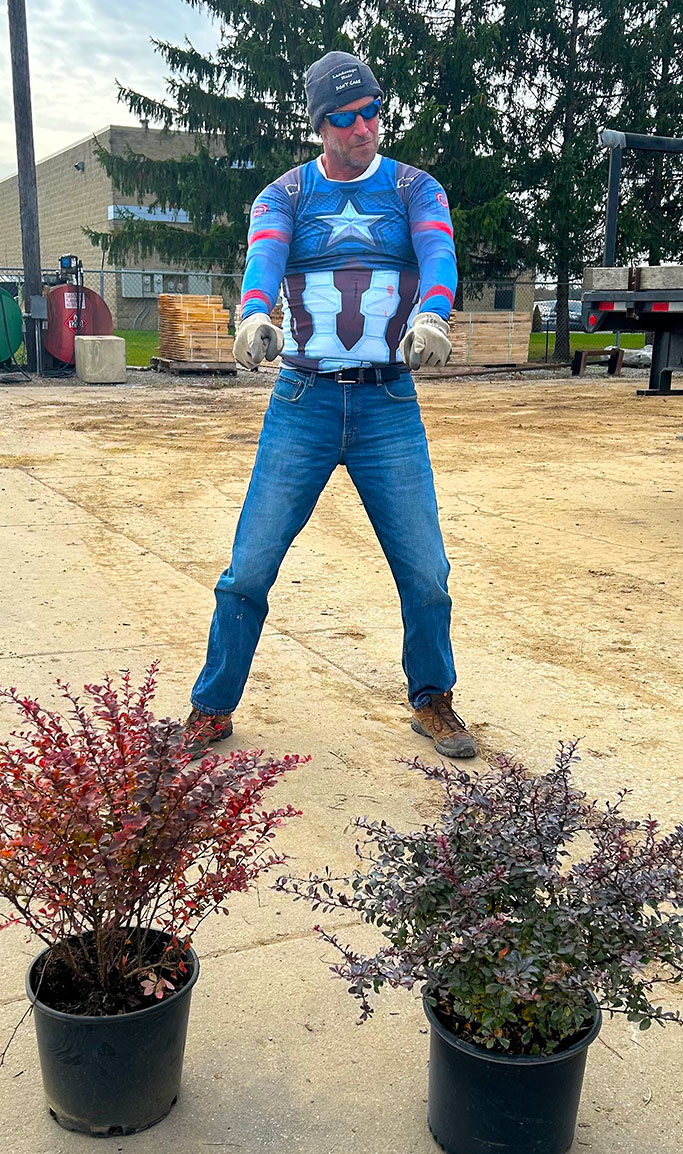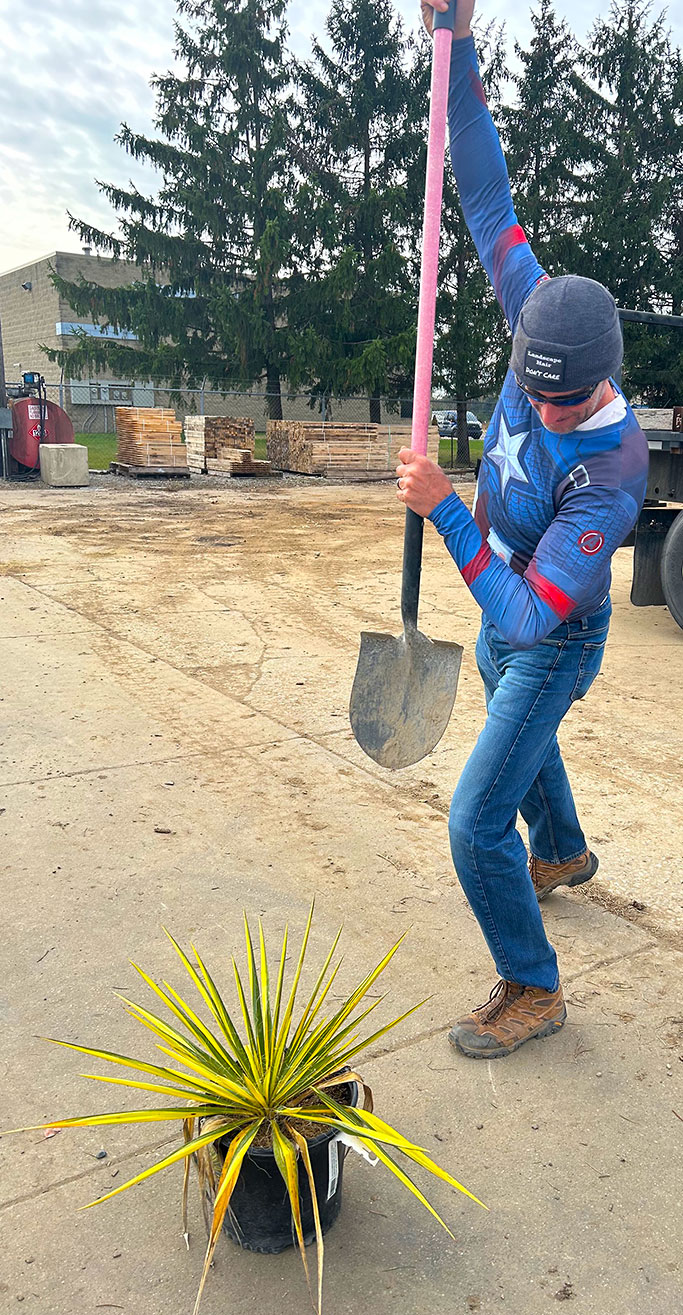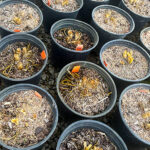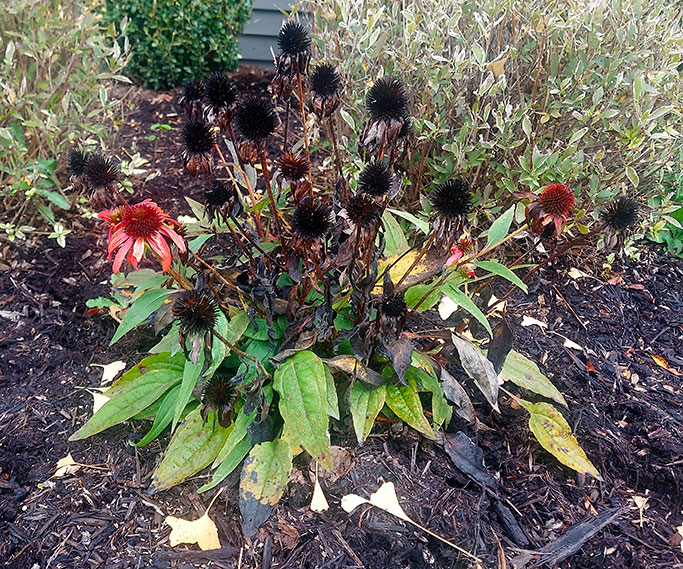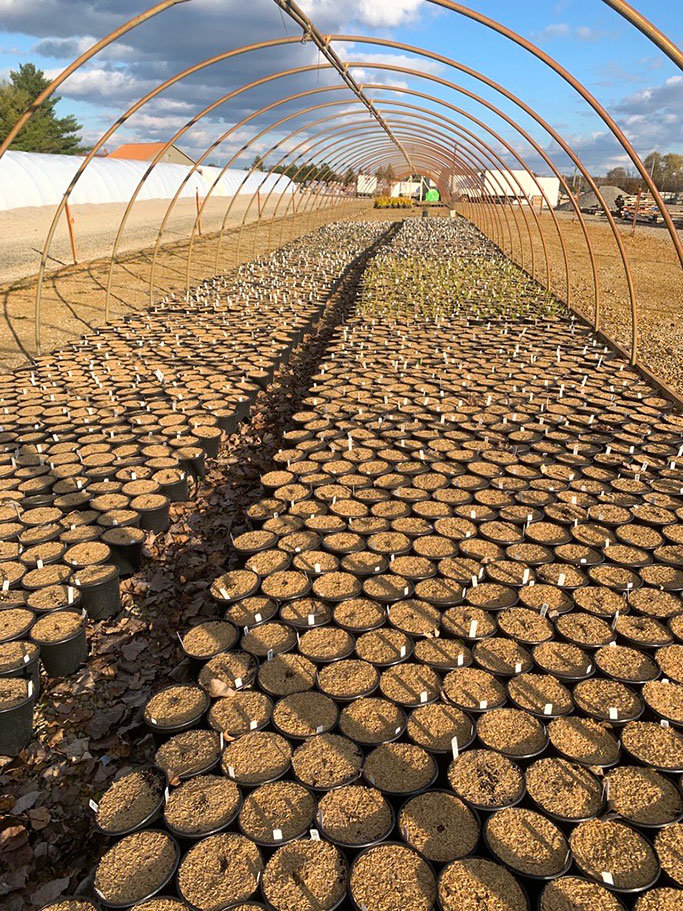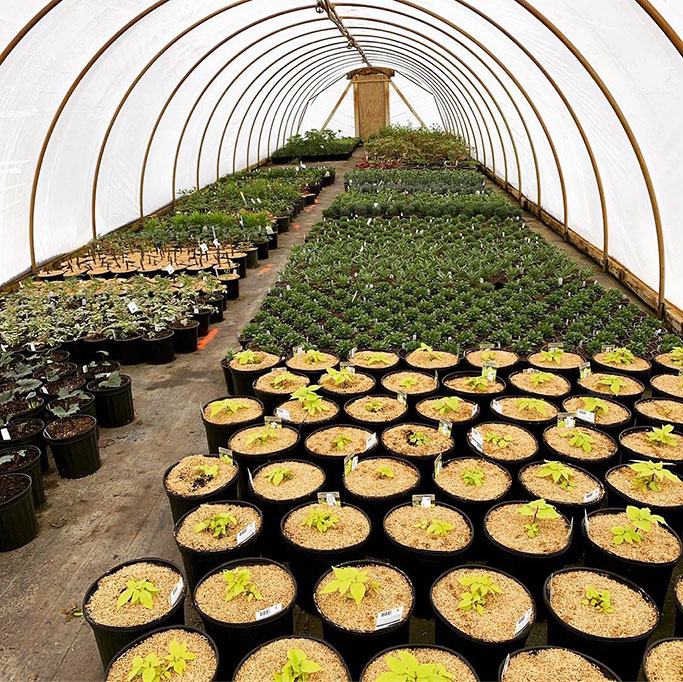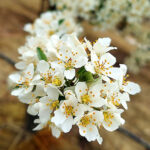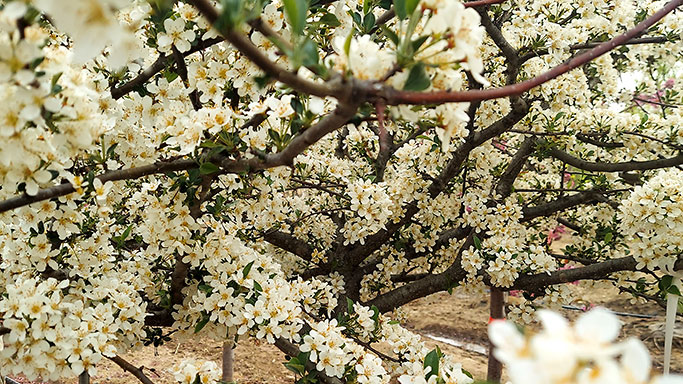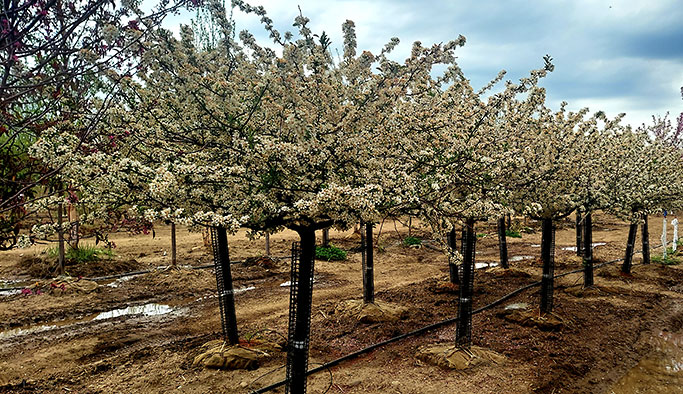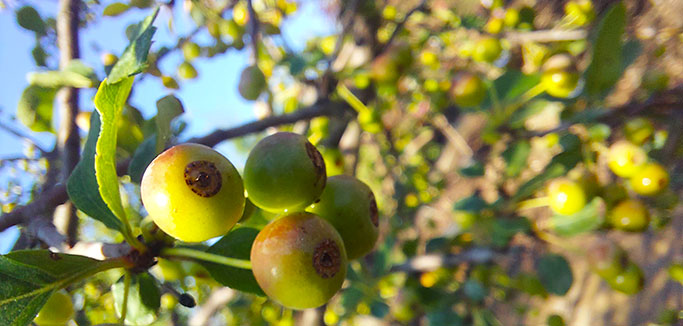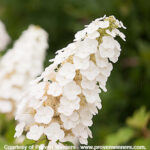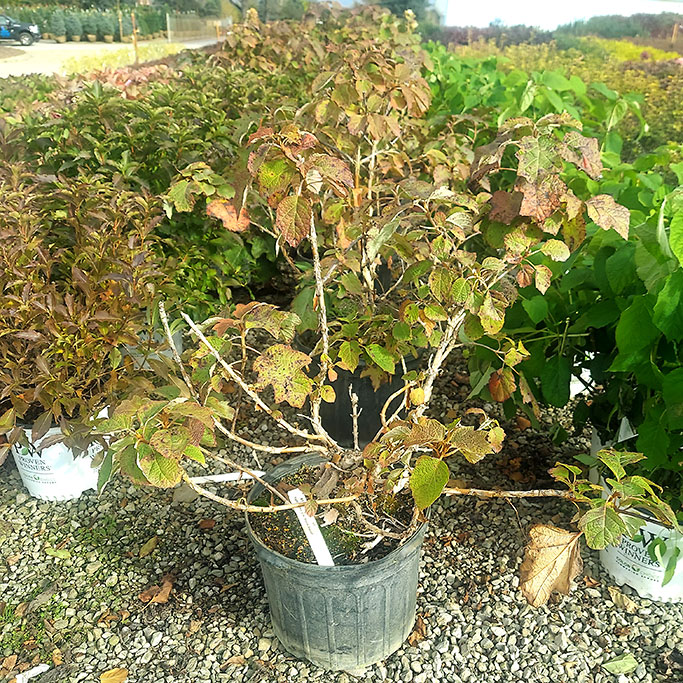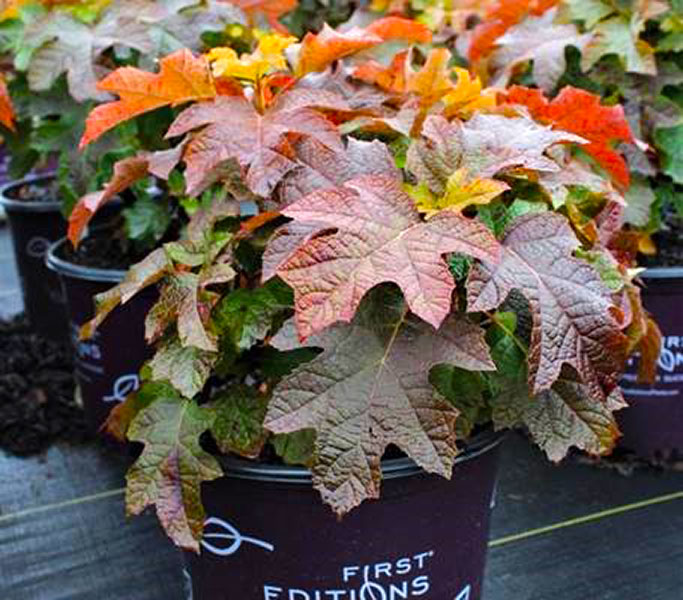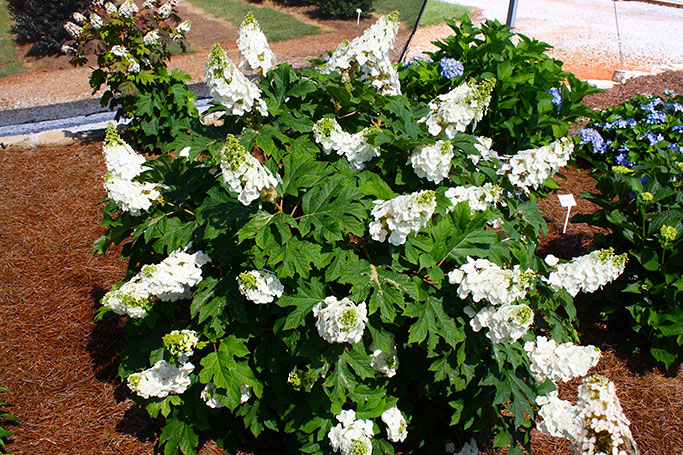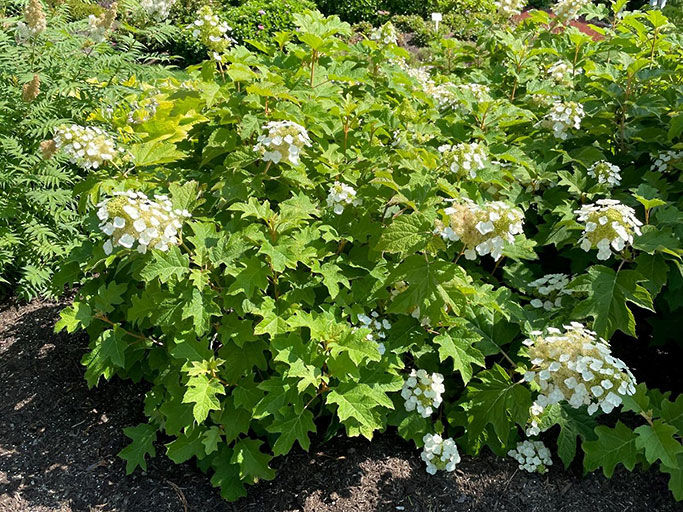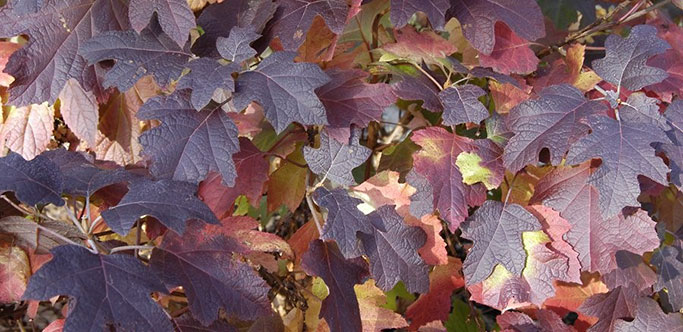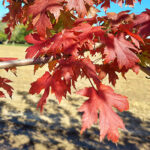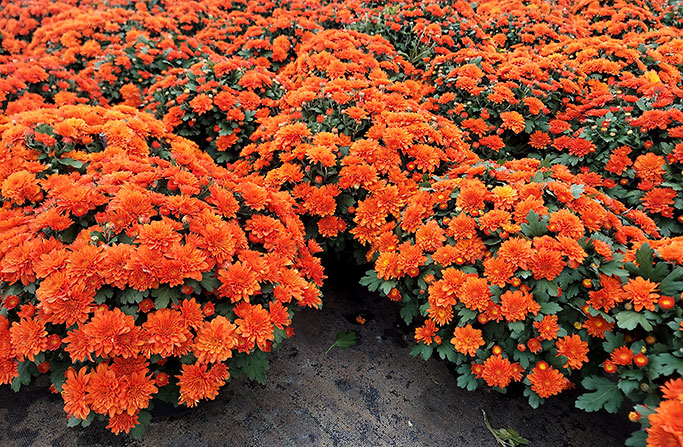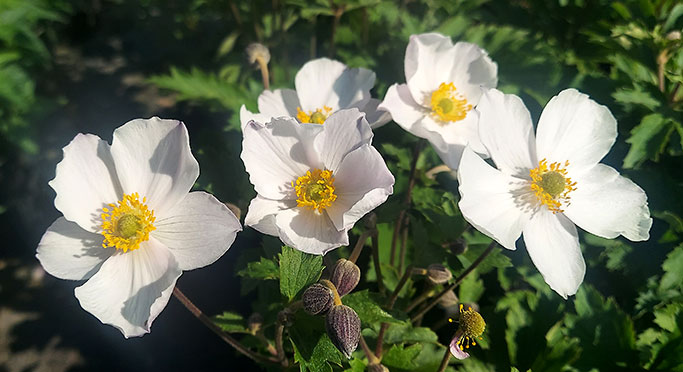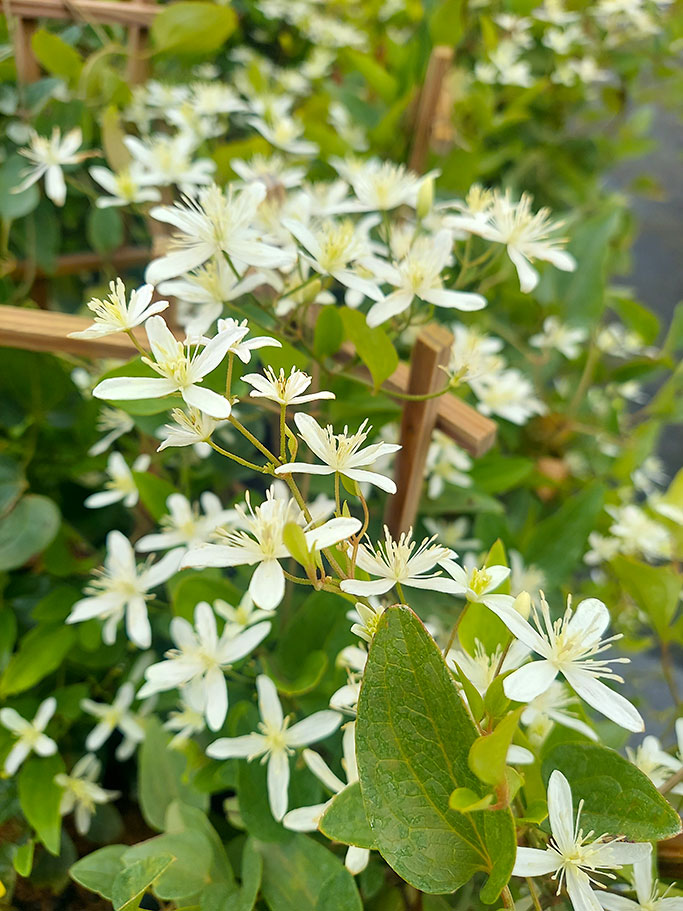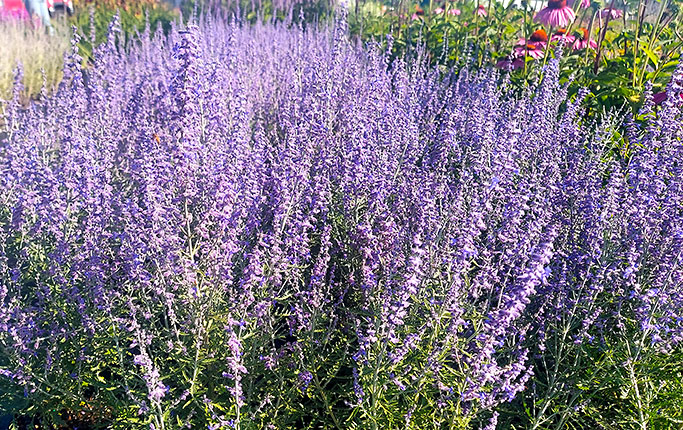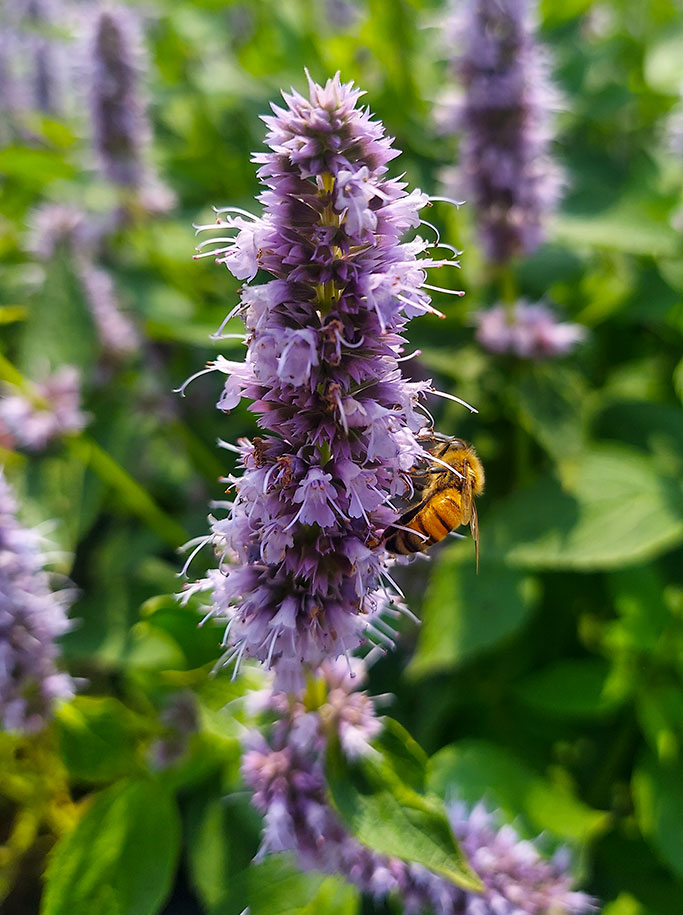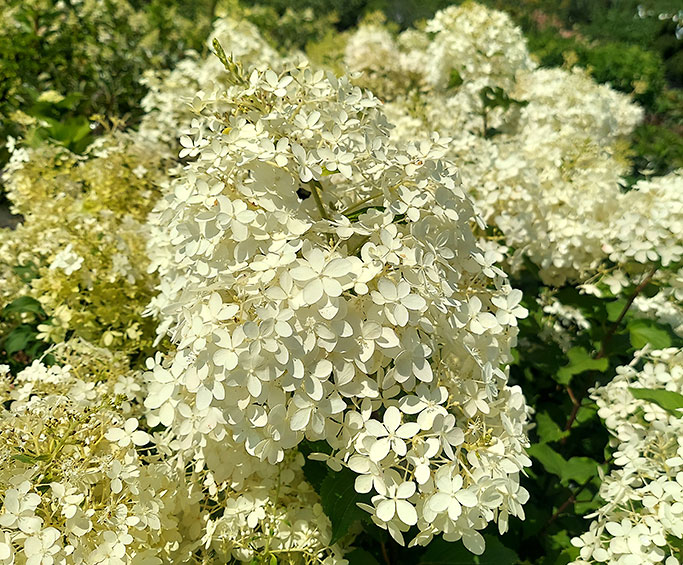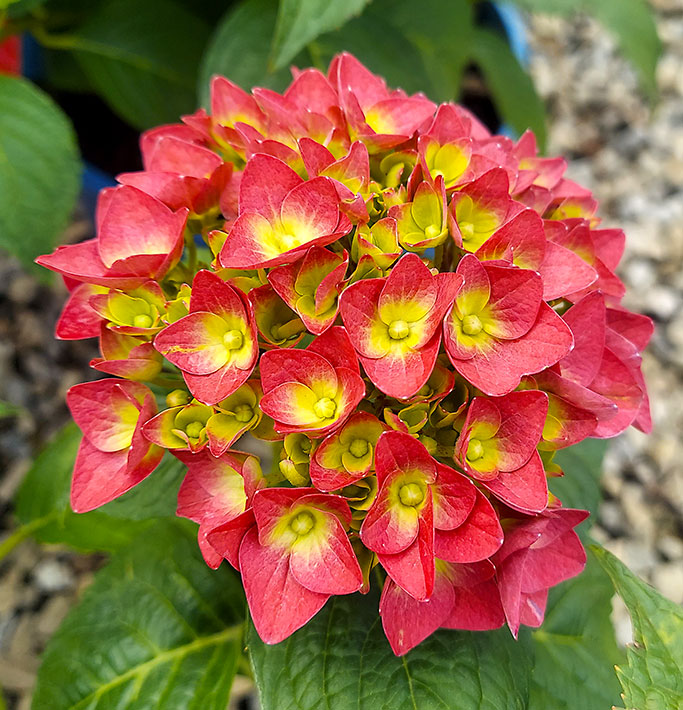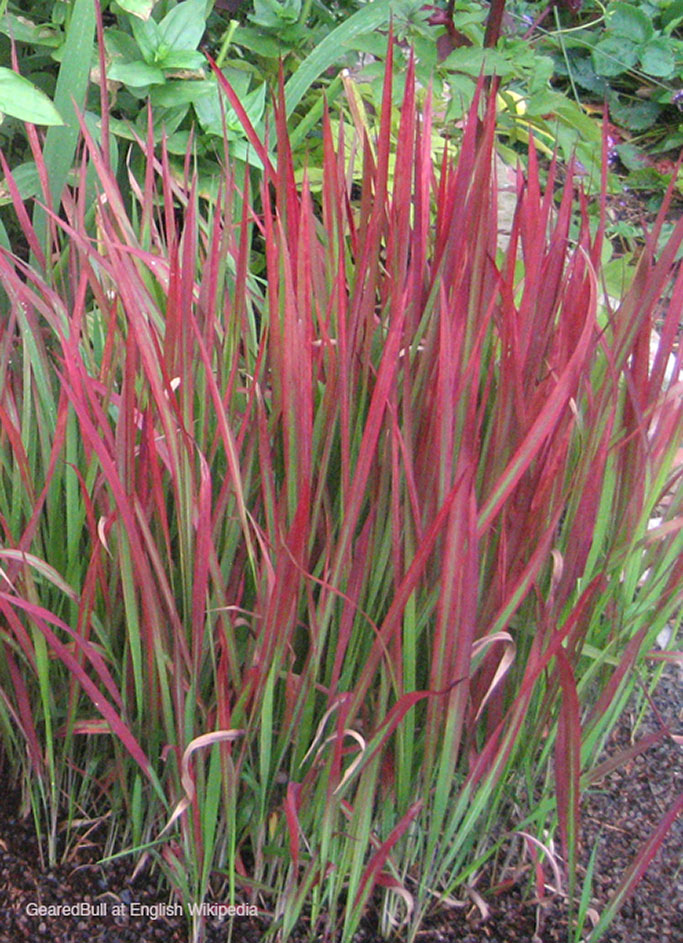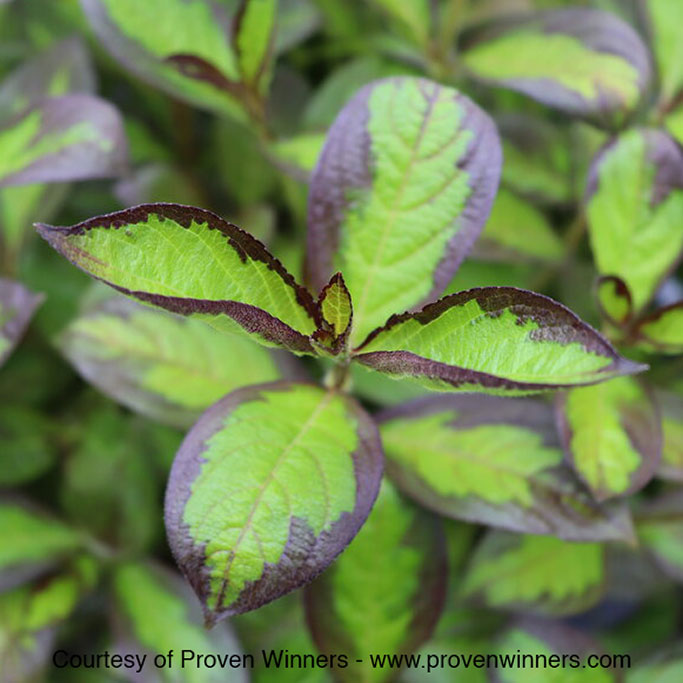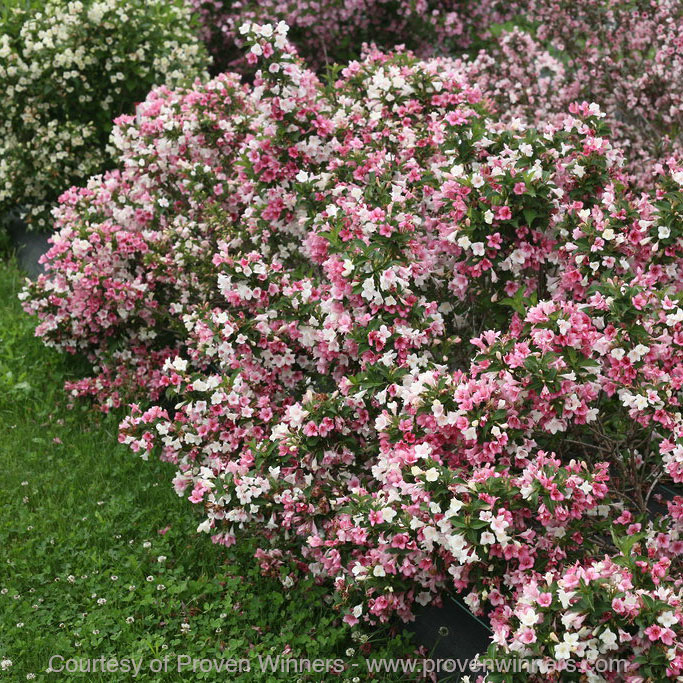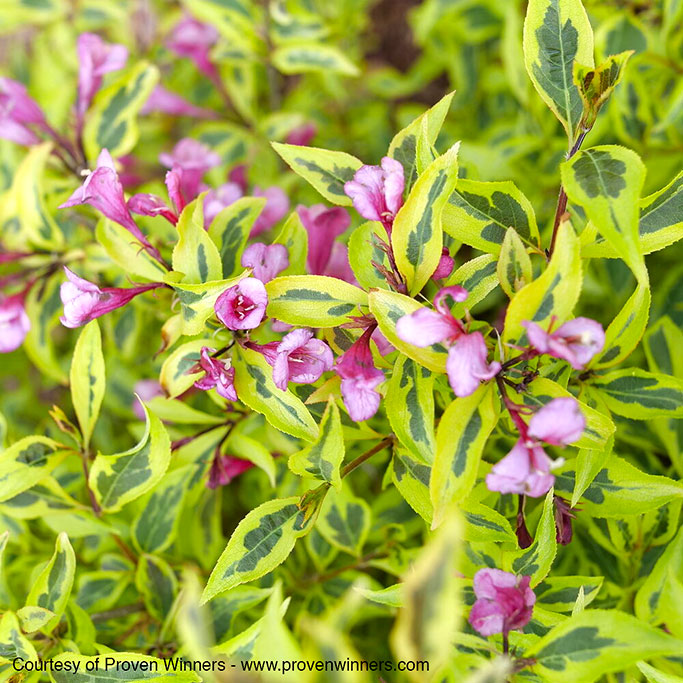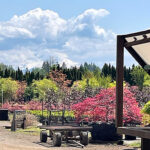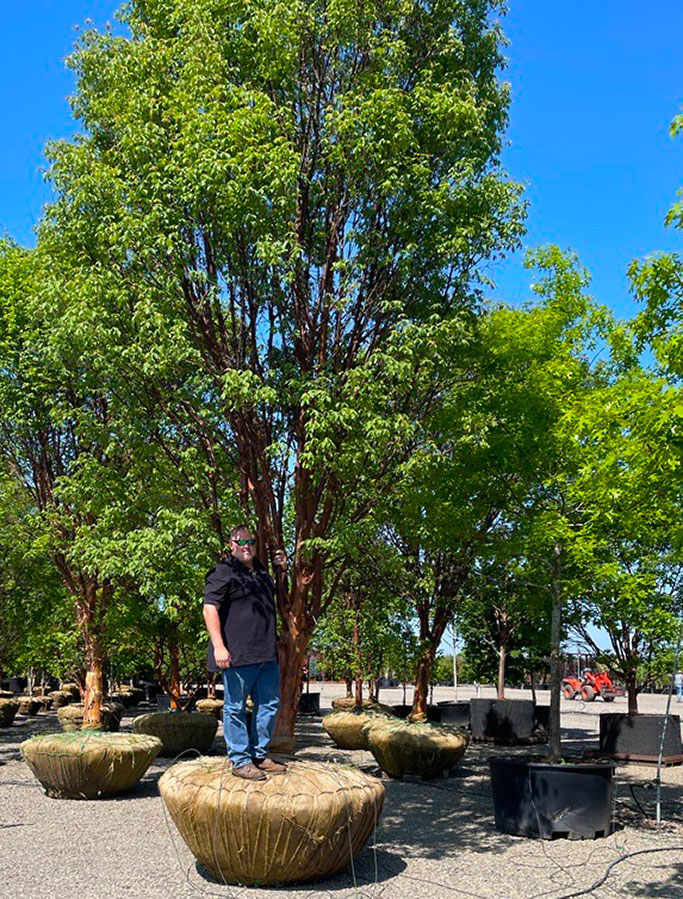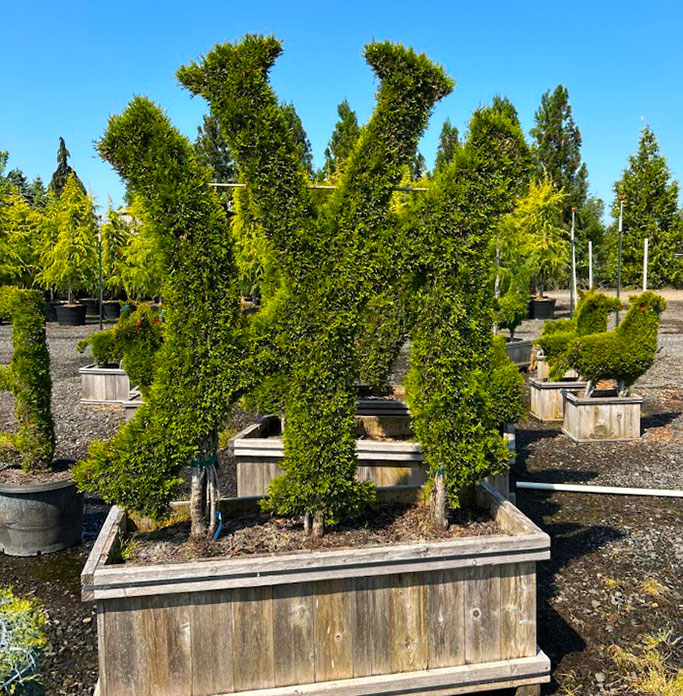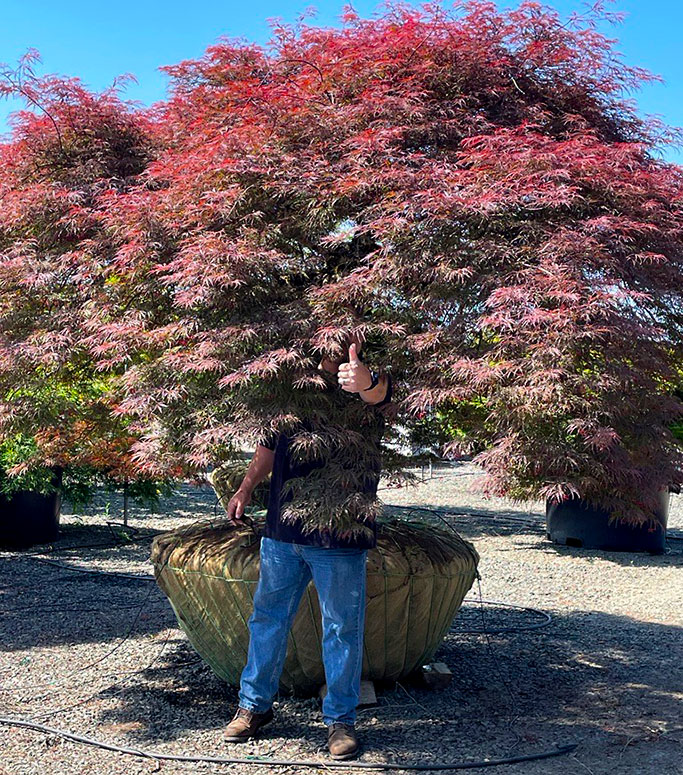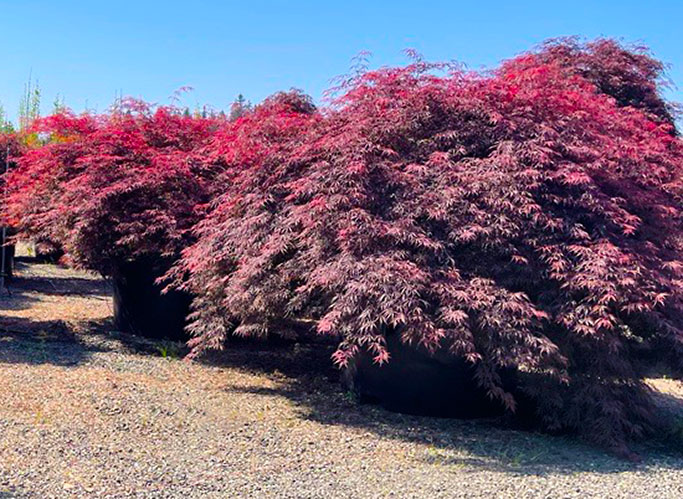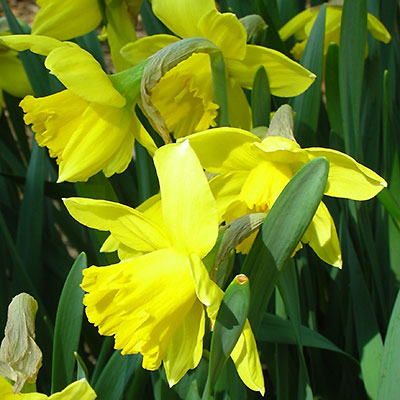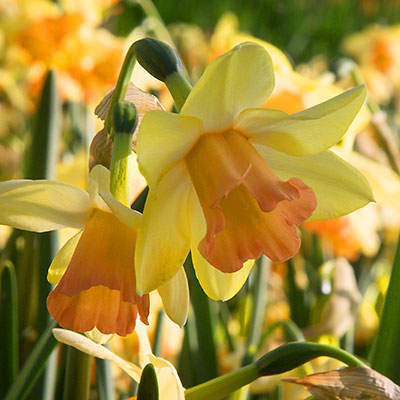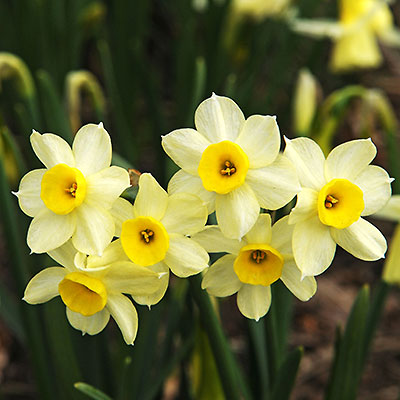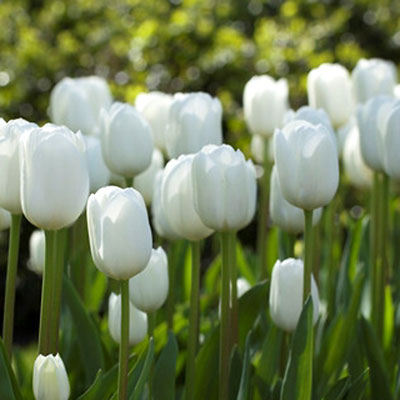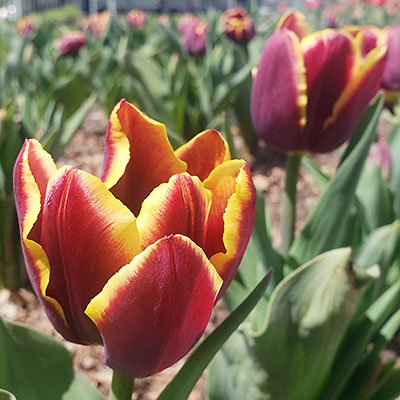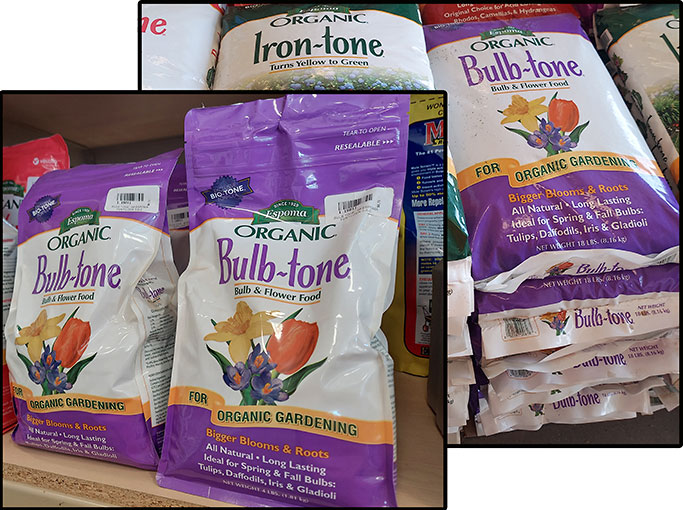Good morning, Minions, and welcome, once again, to another episode of the Chronicles of your favorite Cap’n. It has been some time since your Cap’n has made an appearance in these articles, or on other social media sites for that matter. So it’s been requested, or rather encouraged, from “The Man With The Big Mustache” to possibly pull The Cap out of his state of semi-retirement, which really means I’ve had a dreadful case of writer’s block, and I don’t get out as much as I used to and observe weird situations or other comical scenarios to which I get to insert my twisted sense of humor for your entertainment.
Basically, it’s me calling someone dum…. Errr… questioning an individual’s state of intelligence, at that particular moment, using as many drawn out adjectives that are normally infused with a vulgarity or four, and sometimes other random humorous zingers just to help us all get a laugh out of any given day. This time around though… I gotta try something different...
CAP’S FIRST VILLAIN: THE HELLSPAWNED BARBERRY.
Pickerus Impalemus Maximus
Yeah, I said it: my first villain are the little burgundy monsters that can make a grown man scream like a little girl. I’ve said for decades that the first plant that everyone knows or learns in the green industry is burning bush. Barberry is second because, well, pain is a WONDERFUL teacher. I recall a story a LONG time ago (back when your Cap’n had a full head of hair), a contractor came in with one of his workers that was straight out of High School. We’re all riding around snagging material, and we pull up next to a gorgeous patch of these little red rapscallions. I say to the newbie “Be careful, these babies bite”. Well, when you’re 18-19 years old, chances are that you’re still young, dumb, and invincible.
Instead of grabbing it by the pot, as ya should always do, he grabs it by the hair instead.
Minions, he would’ve given Mariah Carey a run for her money with the high-pitched scream that could break glass. The contractor falls out of the golf cart laughing, only to say “He warned you! Bwahahaha!”. He may have peed himself a little bit, I may have also, and the kid more than likely did. Fun times for all!
Remember: These stories are TRUE.
But Cap’n… what purpose do these devil plants have other than shivving people that just want to help them survive? There are a few things going for these Hellions; adaptability, and sometimes home security. Barberry are easy to grow, come in a variety of maturity sizes, and nowadays a variety of colors. Everyone knows about pygmy barbs (remember, it’s the second plant ya learn), but there are greens, yellows, variegated (rose
glow),and even orange! Whether you decide to keep them short, let them grow tall, or keep them in-between, barberries are like the honey badgers: they don’t give a… well, they don’t care where they go so long as they get some sun and some water. As for home security? Plant them under your windows. There isn’t any sane person out there who will attempt to use that way as an entrance or an exit. Then again, there’s TikTok nowadays, so there is a possibility for someone to use these as a landing pad when they cartwheel off a house roof while yodeling. I find it amazing what people will do just to land a few followers on social media.
CAP’S SECOND VILLAIN: THE DEMONSEED YUCCA PLANT
Painimus Inmybuttimus
Ohhhhh, Minions…. My pure HATRED for this plant is near legendary in this industry, and yes, I am not going to go easy on this botanical nightmare that, in my opinion, originated in Hell. I say this because the taproot on these may actually reach the core of the Earth.
But Cap’n, why do you dislike this plant so much?
For me, Minions, it’s a personal vendetta that I have against this plant that goes back to my childhood. Growing up, we had 5 BIG yuccas in our yard, and my dad wanted to do something different in that particular garden bed. So, he says “David, I need you to take those yuccas out”. I’m 12 years old, so I’m all gung-ho and say “OK! I’ll get em!”. Little did I know that the root structure runs so deep on these that it was probably wrapped around the Great Wall of China… and all I have is a shovel. So, I dug…and dug…and dug some more… and I had success! But, as demonic as these are, they hell-spawned the following year. And the year after. And the year after that. I battled these little bastards for years, and I swear they were laughing at me…just like my dad. I lost several Saturday mornings attempting to eradicate these hellions, and I have never forgiven them for almost 4 decades.
Now you may be asking, “Cap’n, what purpose does this plant have even though you want to launch a missile at them?”. Simple: They are nearly indestructible. Full sun? No problem. Shady area? They don’t care. Lack of water? No problem. Nice flowers? Yep…for about 3 days until the wind snaps them off. Deer resistant? Yep, even deer hate them. Nice foliage? If variegated green and yellow works for you, then definitely. Basically, this is arguably the best low to NO maintenance plant in Michigan. Throw these into a blank area as a filler item, and you’ll have something to look at for years to come, just keep in mind that once you plant them, you’re probably going to be stuck with them for eternity. For me personally, the plastic pots that they come in should be encased in concrete and stored here at the nursery in Block 36. For those of you who don’t know where Block 36 is when you visit us: that’s our drainage pond that’s about 15 feet deep. In my opinion, that’s the perfect place for them to exist.
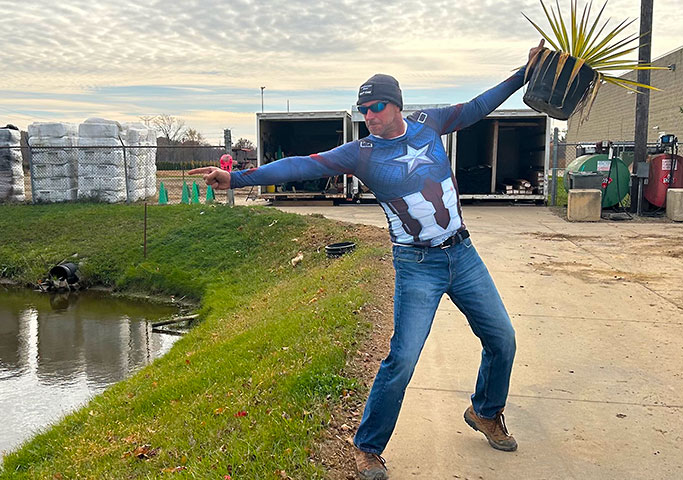
CAP’S PRIMARY ARCH NEMESIS: THE EIGHT-LEGGED FREAKS
Toomanyus Eyeballius
Minions, I don’t fear many things. Snakes, clowns, enclosed places, heights, politicians, elevated mortgage rates, mimes, you get the idea. I can coexist fairly enough with all of those common problem children, but your Cap’n does have a weakness, and the vast majority of my fellow coworkers (they’re Minions also, btw) and just about everyone that asks “Where is the Cap’n?” on social media knows exactly what it is:
FRIGGIN’ SPIDERS!
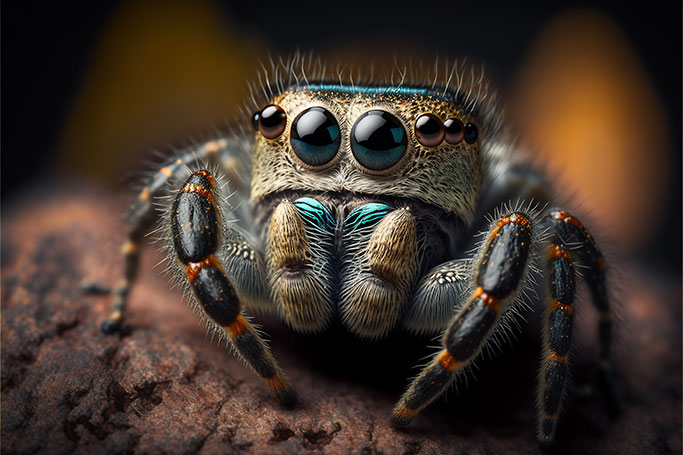
Ladies and gentlemen, evolution was having a VERY angry day when these creatures came into existence. Maybe a meteor hit us that day, I don’t know. I find them to be, arguably, the most brutal organism on Planet Earth. An old friend of mine that I worked with here for a long time asked as to why I have this hatred and fear of a little spider. I then proceeded to tell him my point of view on these over-legged, over-eyeballed, and sometimes furry nightmarish monsters. I just gave myself chills, and I haven’t gotten to the story yet.
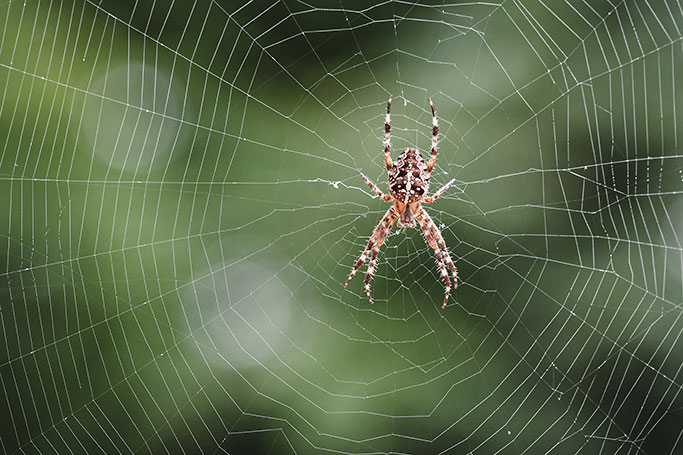
Picture this: You’re a bug flying along looking for something to munch on during your few weeks of living when all of a sudden: You stop abruptly. You are stuck on a sticky web that you didn’t see. Then you turn your head only to see an unidentified object with 8 eyeballs, 8 legs, and a couple of ginormous fangs speeding towards you, and there’s not a thing that can be done. Well, if you’re in this scenario, at least it’ll be over quick, right? Ohhhhhh Hell No! It bites you, but only paralyzes you. THEN these evil, vile, sneaky trappers from Hades decide to start crocheting... with sticky thread…that originates from their ass… all over you. Congratulations! This abomination just turned you into a sweater. Thanks, Martha Stewart! So now here you are: paralyzed, stuck in a web, you’re wearing a sweater in the middle of summer, feeling somewhat humiliated, and you’re not dead yet. How can this get worse? Along comes Demon Child again for a little snack… and you’re the snack. Instead of hammering down and finishing you off like an 800-pound person at an all-you-can-eat buffet, it instead decides to sip on you like a Slurpee…for days... and during this whole time, the freakazoid is only getting LARGER. And hungrier.

Dramatization: No actual grenades were used in the creation of this article.
Fun stuff, right? Here’s some more for ya: Some spiders have some pretty wicked poison to boot. Think about that: A spider can cause significant damage to, or even kill, a PERSON with ONE BITE. Wanna hear another fun fact? DID YOU KNOW that the Daddy Longlegs spider is actually one of the MOST venomous spiders? Fortunately for us, their fangs are so small that they can’t puncture our skin. With the way evolution goes, how long is that going to hold up? I may be on my 104th life by then, but it’s something to think about. Anyhoo, I finished my story with my coworker, and I seriously think that I made him gain arachnophobia through my ramblings. I did notice that he dusted the corners of his office a bit more often.
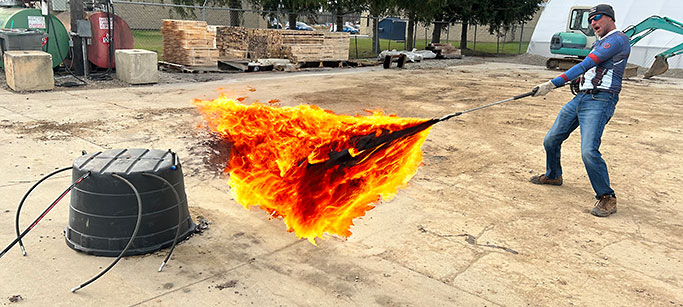
Dramatization: No actual spiders were harmed in the creation of this article.
“Cap’n, I want to obliterate every spider on the globe now! They’re Brutal! They’re Evil! They can be deadly! Some are ENORMOUS!” How can they POSSIBLY have a purpose?” As much as I hate to say it, we do need them. Why? They eat bugs, maybe like that damn Box Moth that’s causing some havoc around Michigan lately. It’s Nature's Insecticide! As much as I want to stomp, drag, and smear them 6 feet underneath my boot, I do realize that if they don’t take out bugs, then our industry will suffer from various forms of insect contamination, damage, infestations, ect. Sure, we can spray chemicals all day long, but the
from arachnophobia. After you walk through arborvitaes, get a face full of web, and notice that a fearsome, nightmarish creature with more eyeballs than you is staring back at ya, I have no problem making an appointment.
Minions, it has been a pleasure entertaining you with the Chronicles once again. It’s been a VERY long time since I had my rantings such as this, so maybe your Cap’n will continue to appear with his misadventures at the end of the seasons. Be safe out there!
-Cap’n
